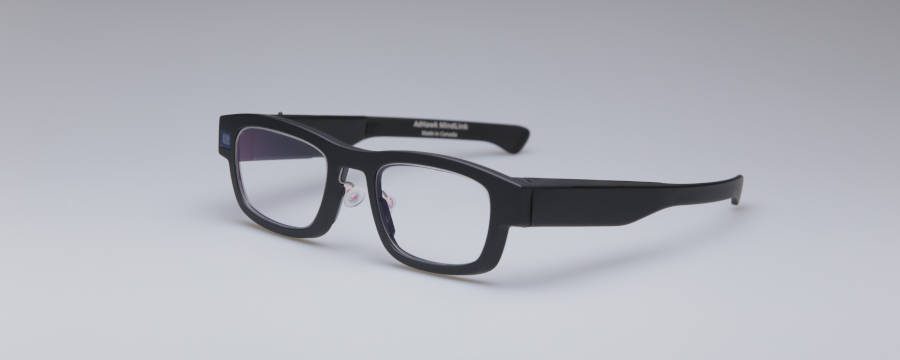Google is reportedly set to acquire Canada-based eye-tracking startup AdHawk Microsystems Inc., something that would strengthen the company’s ongoing foray into XR headsets and glasses.
As reported by Bloomberg’s Mark Gurman, Google is allegedly acquiring AdHawk for $115 million, according to people with knowledge of the matter.
The deal is said to include $15 million in future payments based on the eye-tracking company reaching performance targets. While the acquisition is purportedly slated to conclude this week, a deal still hasn’t been signed, leaving some room for doubt. Furthermore, should the deal go through, the report maintains AdHawk’s staff will join Google’s Android XR team.
This isn’t the first time AdHawk has flirted with an acquisition by a key XR player. In 2022, Bloomberg reported the company was in the final stages of an acquisition by Meta.
Notably, AdHawk is best known for its innovations in eye-tracking, which replaces traditional cameras with micro-electromechanical systems (MEMS), which is said to result in faster processing and reduced power consumption—two things highly prized by AR and smart glasses creators today.

Its flagship product, the MindLink glasses, is a research-focused device that is meant to connect eye movements with neurological and ocular health, human behavior, and state of mind, the company says on its website. Additionally, the company offers its camera-free eye-tracking modules for researchers working with VR devices, such as Meta Quest.
While neither Google nor AdHawk have commented on report, Google is ramping up its XR division to compete with the likes of Meta and Apple.
In December, Google announced Android XR, marking a decisive shift for the company’s XR efforts, as the company is bringing a ‘full fat’ version of Android to headsets for the first time, which not only includes XR-specific apps but also the full slate of Android content. Android XR is ostensibly set to debut on Samsung’s Project Moohan mixed reality headset, which still has no release date or price.
Then, in January, Google announced the acquisition of a number of HTC’s XR engineers, a deal amounting to $250 million. At the time, Google said HTC veterans would “accelerate the development of the Android XR platform across the headsets and glasses ecosystem.”
In addition to supporting its Android XR software efforts, the acquisition of a novel eye-tracking startup would also prove valuable in the company’s internal XR hardware efforts, which has been nothing short of fragmented over the years.
Google has summarily cancelled a number of XR projects in the past, including its Daydream VR platform in 2019, Google Glass for Enterprise in 2023, and its Iris AR glasses project in 2024.